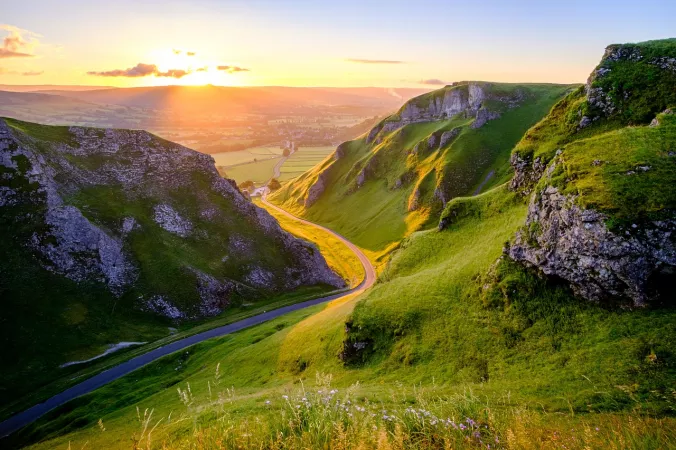
Chandrakhani Pass
Duration
3 to 5 Days
3 to 5 Days
Best time to visit
Jun-Sep
Jun-Sep
Theme
Adventure, Hill Station
Adventure, Hill Station
Chandrakhani Pass Travel Guide
Chandrakhani Pass is a high mountain pass situated in the beautiful state of Himachal Pradesh, India. Known for its breathtaking views of the Himalayan ranges, this destination holds historical significance as it served as a trade route between the villages of Malana and Kullu Valley. The geography of Chandrakhani Pass is characterized by lush green meadows, snow-capped peaks, and pristine alpine forests. The cultural significance of this region is reflected in the local customs, traditions, and festivals celebrated by the indigenous communities.Top Attractions in Chandrakhani Pass
- Parvati Valley
- Malana Village
- Manikaran Sahib Gurudwara
- Tosh Village
- Kheerganga Trek
Chandrakhani Pass is Famous for
Its panoramic views of the Himalayan peaks and the unique cultural experiences it offers.Top Attractions in Chandrakhani Pass
- Parvati Valley
- Malana Village
- Manikaran Sahib Gurudwara
- Tosh Village
- Kheerganga Trek
What's Great about Travelling to Chandrakhani Pass?
- Adventure enthusiasts seeking trekking opportunities - Nature lovers looking for stunning landscapes - Cultural explorers interested in traditional Himachali customsWhat's Not So Great about Travelling Chandrakhani Pass?
- Not suitable for travelers looking for luxurious accommodations - Limited accessibility for elderly or physically challenged individualsTravel Tips for Chandrakhani Pass
- Carry sufficient warm clothing and trekking gear
- Respect the local customs and traditions
- Stay hydrated and acclimatize to the high altitude
Important Chandrakhani Pass trip information
- Ideal Duration: 5-7 days
- Best Time to Visit: May to October
- Nearby Airports and Railway Stations: The nearest airport is Bhuntar Airport, and the closest railway station is Joginder Nagar Railway Station.
FAQ's on Chandrakhani Pass
Q1: What is the best time to visit Chandrakhani Pass?
The best time to visit Chandrakhani Pass is during the summer months from May to June and then again in September to October. These months offer pleasant weather with clear skies, making it ideal for trekking and enjoying the stunning views. Avoid visiting during the monsoon season from July to August as the region experiences heavy rainfall, which can make trekking difficult and risky.
Q2: Do I need a visa to travel to Chandrakhani Pass?
Visitors to Chandrakhani Pass do not require a visa as it is located in India and can be accessed with a valid Indian visa. However, international travelers must ensure they have the necessary visas for entering India before planning their trip to Chandrakhani Pass.
Q3: What are the must-visit attractions in Chandrakhani Pass?
Some of the must-visit attractions in Chandrakhani Pass include the breathtaking Chandrakhani Pass trek, the picturesque village of Malana, the serene Tosh Valley, and the spiritual hot springs of Manikaran. Additionally, the Parvati River, Kheerganga trek, and the ancient temples in the region are also popular among tourists.
Q4: Is Chandrakhani Pass a safe place to travel?
Chandrakhani Pass is generally considered safe for travelers. However, it is essential to be cautious while trekking, especially in high altitudes, and to follow safety guidelines provided by local guides. It is advisable to avoid trekking alone and to be aware of the weather conditions before embarking on any outdoor activities.
Q5: What is the local currency in Chandrakhani Pass and can I use credit cards?
The local currency in Chandrakhani Pass is the Indian Rupee (INR). While credit cards are accepted in some establishments in larger towns, it is recommended to carry cash, especially in rural areas and during treks. ATMs may not be readily available in remote regions, so it is advisable to withdraw cash beforehand.
Q6: What is the local cuisine like in Chandrakhani Pass?
The local cuisine in Chandrakhani Pass offers a variety of flavors, including traditional Himachali dishes such as sidu, babru, and patande. Visitors can also enjoy local favorites like thukpa, momos, and rajma chawal. Vegetarian options are widely available, and travelers with dietary restrictions can find suitable choices. Don't miss trying the local teas and snacks available at small cafes along the trekking routes.
Q7: What transportation options are available in Chandrakhani Pass?
Transportation in Chandrakhani Pass mainly consists of buses, taxis, and private cars. Local buses connect major towns, while taxis can be hired for more personalized travel. During treks, walking is the primary mode of transportation. It is recommended to hire a local guide for treks to navigate the terrain safely. Car rentals are available in nearby towns for those who prefer self-driving.
Q8: Are there any cultural norms or etiquette I should be aware of when visiting Chandrakhani Pass?
When visiting Chandrakhani Pass, it is important to respect the local customs and traditions. Dress modestly, especially when visiting religious sites or interacting with locals. Always ask for permission before taking photographs of people or their property. Remove shoes before entering temples or homes. It is customary to greet people with a "Namaste" and show respect to elders. Avoid public displays of affection and be mindful of local sensitivities. By showing cultural sensitivity and respect, you can have a more enriching experience in Chandrakhani Pass.
Q9: I am a travel agent. How can I buy travel leads of Chandrakhani Pass?
Register yourself as a travel agent at agents.tripclap.com and then you can buy travel leads to Chandrakhani Pass once your account is approved. For more details contact our support team at +91-8069186564 or support@tripclap.com
